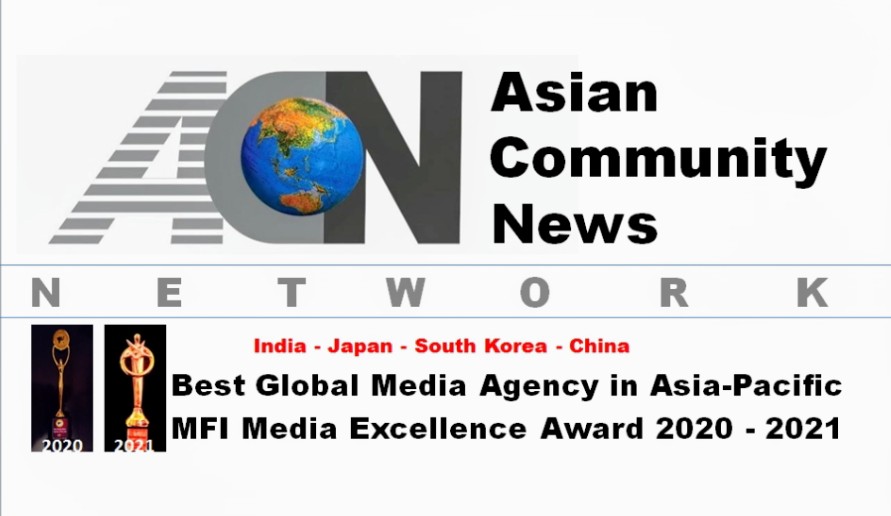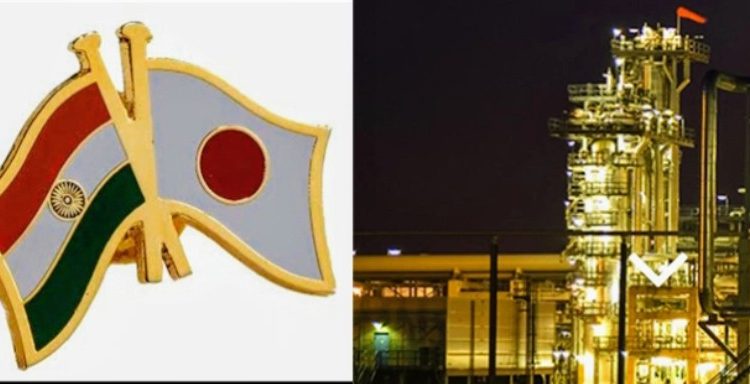Production Linked Incentives (PLI) – A boon for the next generation of Japanese investments in India?
This article provides an overview and analysis of recently launched PLI schemes bearing significance for future Japanese investments in India.
By Pradeep Ratnam, Senior Partner and Co-chair, Infrastructure, Banking, and Project Finance Practice, Kochhar & Co.
Japan is one of India’s oldest and most enduring foreign investors, with a long history of iconic local partnerships and joint ventures that have stood the test of time. From automobiles to heavy industry to entertainment – Japanese brands such as Maruti Suzuki, Toyota, and Sony are household names in the Indian market today. Foreign direct investment (FDI) from Japan stood at an impressive US$ 35.4 billion in the decade from 2000 – 2020. In M&A, investments from Japan between 2015 and 2020 aggregated to US$ 10 billion, averaging US$ 45 million per deal, with a significant focus in the manufacturing sector.
Recent statistics suggest that the Indo-Japanese economic relationship is poised for exponential growth. Whilst urgent geopolitical realignments and new investment configurations in Asia (such as between Japan and Taiwan) may have a role to play, prospective Japanese investments in manufacturing also stand to gain from a slew of unprecedented regulatory measures in India.
Production Linked Incentives (PLI)
In 2020, India announced a series of Production Linked Incentive Schemes (“PLI Schemes”), aimed at attracting, and thereafter localizing, global manufacturing talent in eligible sectors and products into India. The bedrock of the PLI Schemes is the availability of annual disbursal direct financial incentives or ‘cashbacks’ from the Government of India (GoI) to eligible manufacturers in the relevant PLI Scheme. This article provides an overview and analysis of recently launched PLI schemes bearing significance for future Japanese investments in India.
Key common features
The overarching attributes that are common to most PLI Schemes are:
- Duration: The lifetime of each Scheme is for a specified block of 5 (five) financial years, (“IncentiveBlock”). Within an Investment Block, a manufacturing entity (a “Selected Entity” or “SE”), is liable for achieving investment, production, and performance targets specified under the relevant Scheme in the relevant financial year.
- Eligible Products: Each PLI Schemes set out specific products that are eligible for manufacture. Recent PLI Schemes announced in 2021 cover pharmaceutical products, air-conditioners, LED lighting products and their respective components and intermediates, and telecom equipment.
- Minimum Committed Investment and Threshold Sales Growth Targets: In order for SEs to be eligible to claim the financial incentives above, the Schemes set out certain minimum annual and cumulative investment targets and product sales targets (“Stipulated Threshold Targets” or “STT”) that an SE must demonstrate as having achieved. The Stipulated Threshold Targets are hardcoded into the text of the Scheme Guidelines.
- Financial Incentives: If an SE meets annual investment commitment and sales targets as specified under a Scheme, the SE will be entitled to claiming a “financial incentive”. The financial incentive is calculated by multiplying “net incremental sales of the eligible product(s)” achieved in the relevant financial year by a % “rate of incentive” specified in the relevant Scheme. However, investors are advised to review the fine print of the relevant PLI Schemes carefully, as the calculation of the available financial incentives is tied to Scheme-specific conditions and exclusions which will need to be considered.
- Project Management Agency: Each PLI Scheme has a nodal designated Project Management Agency (“PMA”) which is an entity appointed by the relevant government department responsible for project managing the Scheme and verifying SEs’ financial claims under the concerned Scheme.
Conclusion
From a legal perspective, the PLI Schemes exemplify meticulous detail attention to detail, and clear, precise, unambiguous, and transparent enunciation of policy, procedure, preconditions, financial incentives, and outcomes. For prospective Japanese investors looking to save costs in high-tech manufacturing, PLI Schemes have much to offer. Financial incentives under each Scheme are backed by the GoI’s budgetary outlay of dedicated funds, with the provisioning of incentive payments in annual departmental budgets each year. Certainty of financial disbursement by GoI is a compelling feature distinguishing PLIs from other governmental incentives/public-private partnership schemes.
However, prospective applicants (and successful stakeholders) in PLI projects are advised to be mindful of the following:
- Negotiating the disabilities of India’s manufacturing ecosystem: PLI Schemes, in essence, are merely compensatory. They do not address the intrinsic drawbacks and disabilities in manufacturing in India. Therefore, investors/participants should carefully evaluate and ensure the availability of adequate infrastructure, domestic supply chain, and logistics, financing, power, design capabilities, R&D, manpower, and skills.
- Binding targets under PLIs: As there are no ‘force majeure’ provisions excusing manufacturers from the investment and sales targets stipulated under PLI, investors should mitigate risks through watertight contractual arrangements and insurance to cover any loss of financial incentives.
- Project planning: Aside from financial incentives, PLI Schemes do not underwrite or guarantee any other aspect of the project (land and approvals), which investors should tie-up in advance.
- Finite Window for Incentives: Financial incentives to SEs are only available for the five-year Incentive Block. Participants do not have the option to roll over or catch up on lost annual reliefs.
- The Devil’s in the Details: SEs should note that under the 3 Schemes, the calculation of Stipulated Threshold Targets is subject to various prescriptive rules and exclusions. As STTs are essential prerequisites to claiming financial incentives, applicants should be wary of ‘excluded cost items’ that cannot be claimed.
- Change in Eligible Products: SEs may note that there is no room to change the eligible product midstream during an Incentive Block. SEs should consider mitigating this risk through product supply contracts for assured offtake during an Incentive Block.
- Change of Ownership of the SE: A change of ownership of an SE during the Incentive Block is required to be intimated to the PMA. Any transfer of eligibility benefits to the new/successor is subject to the approval of the relevant governmental authority.
Thus, for participants and investors in PLI Schemes, their success would depend on local relationships, familiarity, and the ability to navigate the complexities of the Indian market and business ecosystem. In this regard, Japanese investors with strongly entrenched business networks, multiple lobbies, local experience, and enormous inter-governmental goodwill in a treasured bilateral relationship, stand to gain.
About the author:

Pradeep Ratnam is also a British Council Chevening Scholar with an LL.M. with Distinction from the University of Warwick, U.K. Prior to joining Kochhar & Co, Pradeep, who is dual-qualified in India and the UK, had a distinguished career in Infrastructure and International Law with Firms such as Herbert Smith LLP, Allen and Overy, and White and Case LLP in London and Singapore. In the last decade since his return to India, Pradeep oversaw the legal function as Director (Legal) in IDFC Alternatives (the erstwhile alternative assets and private equity platform of IDFC Bank), was thereafter Group General Counsel at Infrastructure Leasing and Financing Services Limited (IL&FS).
Pradeep has over 22 years of multi-jurisdictional work experience in the areas of Infrastructure, Government Contracts, Procurement, and PPP. Additionally, Pradeep advises on Restructuring and NCLT matters, Opportunistic M&A, transactions in Banking, Project Finance, and Structured Finance; and M&A and Private Equity in Infrastructure and related sectors. He also actively advises international clients on FDI, Foreign Exchange & Financial Regulation in India, and Infrastructure-focused Commercial Arbitration and Disputes.
For any queries, you can reach Pradeep Ratnam at pradeep.ratnam@kochhar.com



